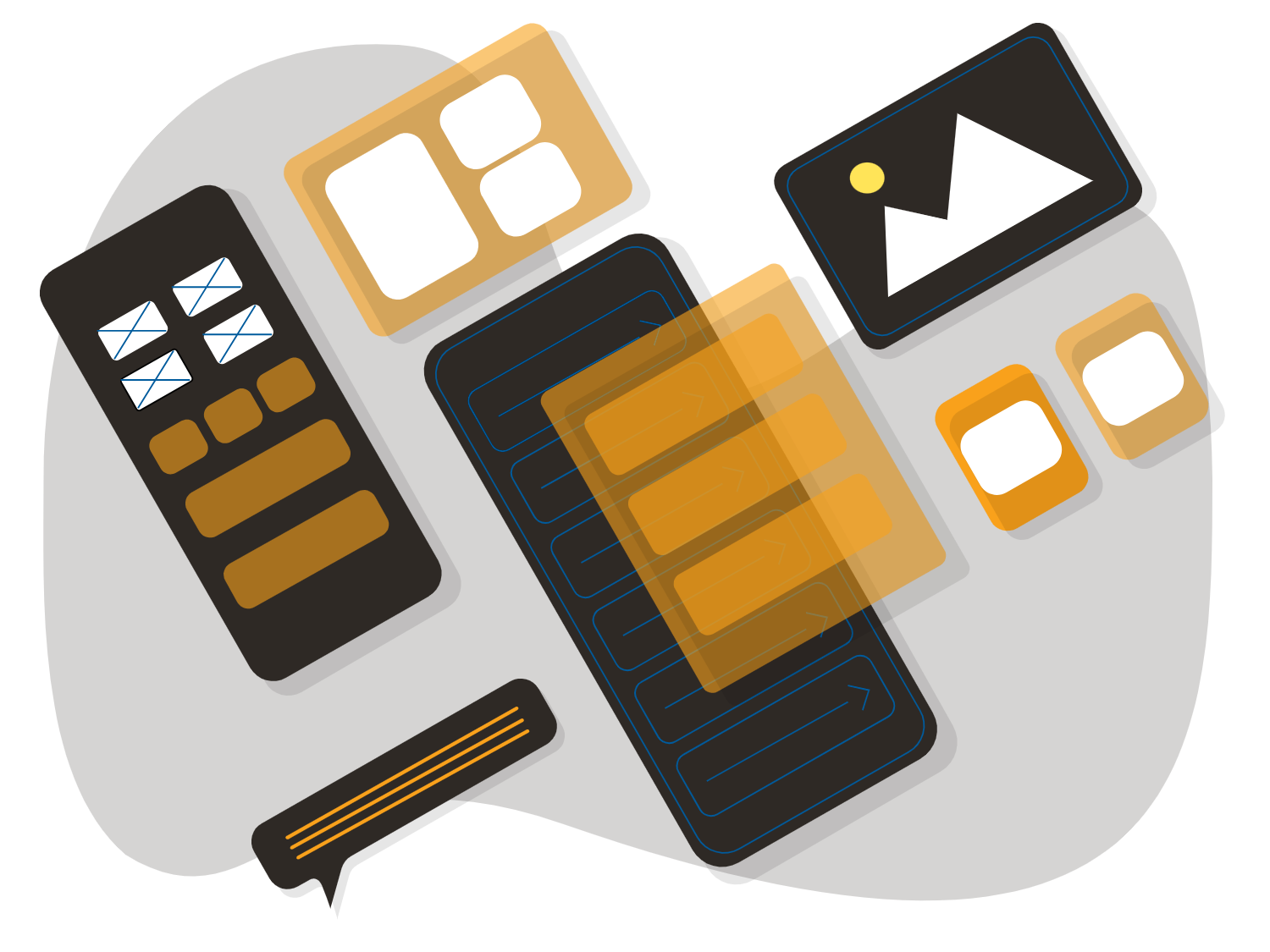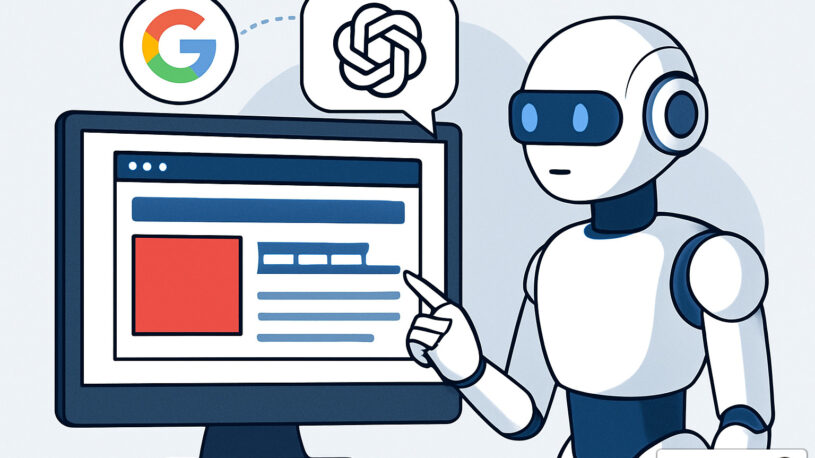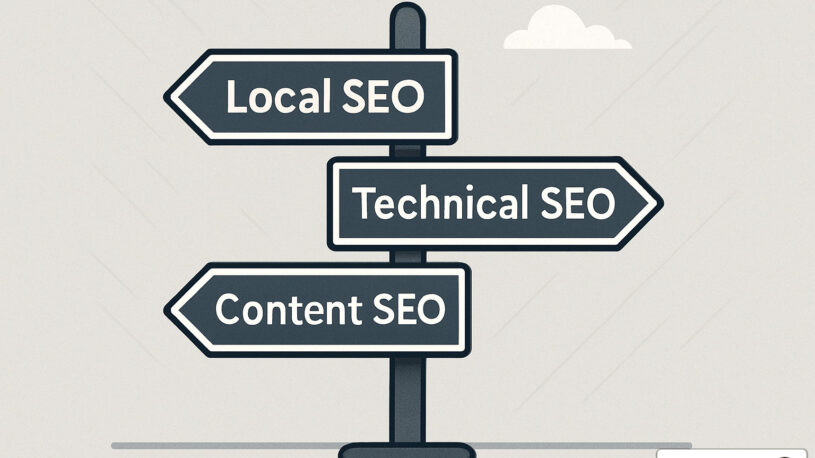

How to Target Customers and Stop Wasting Your Marketing Budget
Why Pinpointing Your Audience is Non-Negotiable
Knowing how to target customers effectively is the difference between wasting your marketing budget and strategically growing your business. The numbers are stark: $37 billion is wasted in ad spend every year on ads that fail to engage the right people, according to a recent analysis highlighted by Statista. In contrast, 80 % of consumers are more likely to buy from a brand that offers personalized interactions.
Effective customer targeting means having a meaningful conversation with someone who wants to hear from you, rather than shouting into a crowded room. Marketing strategists call this process market segmentation — the art of dividing a broad market into distinct groups with shared needs so your outreach feels helpful, not intrusive.
Without clear targeting, you’re playing roulette with your budget. The solution is a systematic approach to identifying, understanding, and reaching your ideal customers. I’m Randy Bryan, founder of tekRESCUE, and I’ve spent 12 years helping businesses in Central Texas turn struggling campaigns into profit-generating machines by mastering customer targeting. This guide will show you how.

Who Is This Guide For?
If you’re wondering why your marketing budget isn’t delivering expected results, this guide is for you. It’s designed for business owners, marketing managers, and IT leaders who are ready to stop funding ineffective campaigns and start seeing real returns.
This guide is particularly valuable if you are:
- A business owner in Central Texas, DFW, or beyond, who knows customers need your services but struggles to reach them effectively.
- A marketing manager under pressure to maximize your budget and improve customer acquisition rates with a clear, actionable roadmap.
- An IT leader who wants to bridge the gap between your company’s technical capabilities and its marketing results.
If you want to maximize your marketing budget and ensure your message resonates, you’re in the right place. This guide provides practical, proven strategies to turn your marketing from a guessing game into a predictable, profitable process.
How to Identify and Define Your Ideal Customers

Learning how to target customers starts with a solid blueprint. This involves data analysis, market research, creating customer personas, and strategic segmentation. This process moves you from guesswork to genuine insight, creating a foundation for personalization that improves ROI and strengthens customer relationships.
Step 1: Analyze Your Existing Customer Base and Product Offering
Your best current customers hold the key to who you should target next. Start by identifying your most profitable and loyal clients to find common traits. Your sales team insights are invaluable, as they understand customer pain points and motivations firsthand. If you use a CRM, dive into purchase history and engagement data to reveal buying patterns. Go beyond product features to understand the true benefits you offer—people buy solutions to their problems. Finally, use surveys and one-on-one conversations to ask your best customers why they chose you and how they make purchasing decisions.
Step 2: Conduct Market Research and Analyze Industry Trends
Next, look at the broader market to validate your assumptions and find new opportunities. Analyze industry trends to anticipate customer needs and look for market gaps your competitors are missing. Use social media listening to monitor online conversations about your industry and brand for real-time feedback. Keyword research is also essential for understanding what terms potential customers use when searching for solutions like yours.
Step 3: How to Target Customers by Creating Detailed Personas
After gathering data, synthesize it into detailed customer personas. A buyer persona) is a semi-fictional representation of your ideal customer based on real data and market research. Creating three to five personas helps keep your marketing focused on who truly matters.

Key components of a strong persona include:
- Demographics: Age, location, income, occupation.
- Psychographics: Interests, values, lifestyle, and attitudes.
- Behavioral Traits: Purchasing habits, media consumption, brand interactions.
- Goals: What they are trying to achieve.
- Pain Points: The challenges and frustrations your product or service can solve.
This process naturally leads to audience segmentation, where you divide your market into smaller groups based on shared characteristics (demographic, psychographic, behavioral, or geographic) for more precise messaging.
Strategies for Reaching and Refining Your Target Audience
Once you’ve defined your ideal customers, it’s time to reach them. This involves choosing the right marketing channels, crafting compelling messages, and continuously optimizing your efforts. A data-driven approach ensures your marketing budget is invested wisely, leading to higher conversion rates and improved ROI.
Step 4: Choose the Right Channels and Craft Your Message
Focus on the channels where your ideal customers are most active. This could be email marketing for professionals, social media marketing for younger consumers, or SEO (Search Engine Optimization) for those actively searching for solutions on Google. PPC (Pay-Per-Click) advertising offers immediate and highly targeted reach, while content marketing (blogs, videos) builds trust by addressing audience pain points.
Once you’ve chosen your channels, craft a custom message that speaks directly to each persona. Use their language, address their specific problems, and maintain a consistent brand voice. Your message should be clear, concise, and focused on the benefits you provide. Personalization is key—customers want to feel seen and understood.
Step 5: How to Target Customers Effectively with Digital Tools
Modern digital tools offer incredible precision. Google Ads lets you target users based on keywords, location, and demographics. Paid social ads on platforms like Facebook and LinkedIn allow for granular targeting based on interests, job titles, and behaviors. Retargeting campaigns reconnect with people who have already visited your website, while lookalike audiences expand your reach to new prospects who share traits with your best customers. Don’t overlook influencer marketing and referral programs, which leverage the power of trusted, word-of-mouth recommendations.
Step 6: Test, Refine, and Adapt for Long-Term Success
Customer targeting is not a one-time task. The market is always changing, so continuous testing and refinement are crucial.
- A/B testing helps you optimize ads, landing pages, and emails by comparing different versions to see what performs best.
- Performance data analysis means regularly monitoring key metrics like conversion rates, cost per acquisition (CPA), and return on ad spend (ROAS) to see what’s working.
- Customer feedback loops through surveys and social listening provide qualitative insights that numbers can’t.
This iterative process of continuous optimization ensures your marketing remains relevant and effective over time.
| KPI | Description | Why It Matters |
|---|---|---|
| CPA | Cost Per Acquisition: How much it costs to acquire a new customer. | Helps you understand the true cost of growth and optimize spending. |
| ROAS | Return on Ad Spend: Revenue generated for every dollar spent on advertising. | Shows the direct profitability of your marketing efforts. |
| Conversion Rate | Percentage of visitors who complete a desired action (e.g., purchase, form fill). | Indicates how well your targeting and messaging resonate with your audience. |
At tekRESCUE, our strategic AI consulting and digital marketing services are designed to help you steer this complex landscape. We serve businesses in San Marcos TX, Central Texas, and DFW, helping you achieve measurable results.
tekRESCUE’s Unique Value Proposition
When seeking help with targeting customers, you’ll find many options. The tekRESCUE approach is built on a unique, integrated foundation that addresses the complete digital needs of a modern business.
Our philosophy is that your digital strategy should not be siloed. We combine robust cybersecurity with strategic digital marketing and AI consulting because we understand that a brilliant marketing campaign is vulnerable if your website can be shut down by hackers. Likewise, the best security won’t drive growth if no one can find your business online.
Our data-driven approach to customer targeting uses advanced analytics and detailed customer personas to ensure your marketing budget is spent efficiently. We believe in precision, not guesswork.
As a Texas-based company, we have deep roots in communities like San Marcos, Kyle, and the greater DFW and Central Texas regions. We combine this local market knowledge with global industry best practices to deliver strategies that resonate.
Transparency and measurable results are core to our mission. We provide clear reporting and honest communication about your campaign performance. We see ourselves as long-term partners, investing the time to understand your goals and adapt our strategies as your business evolves.
TL;DR
Learning how to target customers is essential for any business wanting to improve marketing ROI and stop wasting money. An estimated $37 billion is wasted annually on ads that miss their audience, but a strategic approach can fix this.
- Analyze Your Existing Customers: Your best clients show you who to target.
- Conduct Market Research: Find gaps and opportunities your competitors miss.
- Create Detailed Personas: Build profiles of your ideal customers based on demographic, psychographic, and behavioral data.
- Segment Your Audience: Group customers for more precise messaging.
- Choose the Right Channels: Meet your audience where they are, whether through SEO, PPC, social media, or email.
- Craft Personalized Messages: Speak directly to your personas’ needs and pain points.
- Use Digital Tools: Leverage platforms like Google Ads, paid social, and retargeting for precision.
- Test and Refine: Continuously use A/B testing and data analysis to optimize your strategy.
Frequently Asked Questions About SEO
What is the difference between a target market and a target audience?
A target market is the broad group of consumers who could potentially buy from you (e.g., “athletes”). A target audience is the specific, focused subgroup you address with a particular marketing campaign (e.g., “marathon runners in Boston aged 25-40”). Understanding this distinction is key to effective targeting.
How do I know if my marketing is reaching the right customers?
Look at the data. High engagement rates (clicks, shares, comments) and strong conversion rates are clear indicators. If your Cost Per Acquisition (CPA) is low and your Return on Ad Spend (ROAS) is high, you’re on the right track. Also, listen to customer feedback—if you’re attracting leads who are a good fit, your targeting is working.
What tools can help me target customers more effectively?
Many powerful tools are accessible. Google Analytics helps you understand your website visitors. A CRM (Customer Relationship Management) system helps you analyze data from your existing customers. Social media analytics provide detailed audience insights, and keyword research tools reveal what your audience is searching for.
How often should I update my customer personas?
Personas are living documents. Review them at least annually, or more frequently if your business or market changes significantly. A quarterly check-in is ideal for spotting new trends and keeping your targeting sharp. The goal is to ensure your personas accurately reflect your ideal customer.
Conclusion
When you stop casting a wide net and start using a focused strategy, your marketing budget works harder, your messages resonate deeper, and your customers become genuine advocates for your brand.
The roadmap we’ve outlined—from analysis and personas to channel selection and refinement—is a proven system that transforms marketing from guesswork into a predictable growth engine.
But knowledge without action is just potential. Implementing these strategies effectively requires dedication and expertise. At tekRESCUE, we’ve spent over 12 years helping businesses across Central Texas and DFW build focused, profitable customer relationships. Our comprehensive approach combines cybersecurity with strategic digital marketing and AI consulting, ensuring your business grows securely and efficiently.
Ready to transform your marketing from a cost center into a profit driver? Let’s have a conversation about your specific goals. We’ll show you how to apply these principles to your unique situation and deliver measurable results.
Don’t let another month go by wondering if your marketing dollars are working. Schedule your free consultation today and find how precise customer targeting can revolutionize your business growth.
Table of Contents










